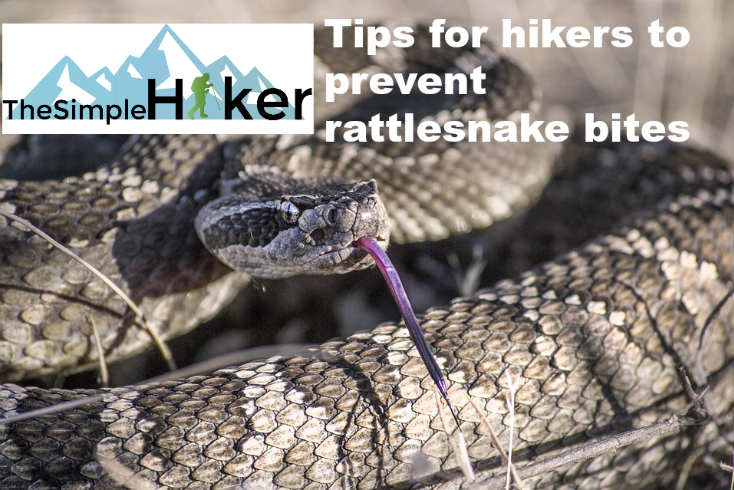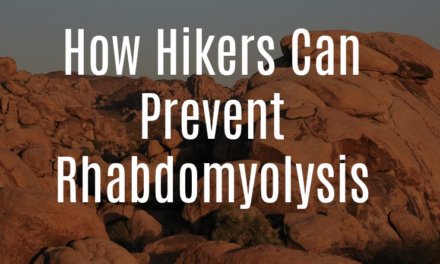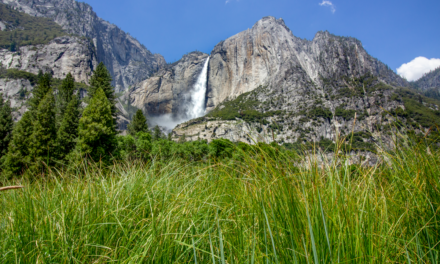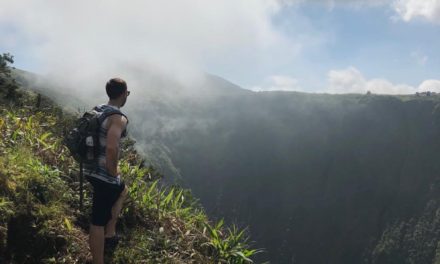Hiking through rattlesnake territory is pretty much unavoidable due to the large area of habit they populate. Choosing to hike only during hibernation season is one option, but not a very realistic one. Rather, hikers should make themselves aware of potential hazards to make it less likely to get bit by one. To help, here are several tips for hikers to consider to avoid being bit by a rattlesnake.
Nine Hiking Tips To Prevent Rattlesnake Bites
This is part three on a series for what hikers need to know about rattlesnake bites. The first post talked about what happens to your body when bit by a rattlesnake and what kind of complications can happen. Part two talks about what type of first aid hikers can do in the field after being bit by a rattlesnake and what to expect once in the emergency room. This final post on the series includes tips on what hikers can do to prevent being bit by a rattlesnake.
Avoiding Rattlesnake Bites
Most rattlesnake bites occurring the warmer spring months but can even extend into the warmer fall months. Eggs hatch during the spring months giving a boost to the population. The warmer weather also draws out snakes from winter hibernation sites. Droughts can also cause animals to go closer to water sources where their natural food is. Rattlesnake are one of the most common types of snakes for hikers to encounter as well as be bit by.
Tips For Hikers To Prevent Rattlesnake Bites
1. Always let someone know where you go hiking: Even if you plan on hiking somewhere simple, let someone know, especially if you’re hiking alone. Snakes can occupy habitats even close to civilization. In the event that something happens and you don’t return, at least authorities will have a starting point of where to search.
2. Always carry a phone: If bit, staying put as opposed to hiking out is preferred. If you’re deep into a long hike, hiking out can spread the poison through your body faster. Keep a phone with you to get in contact with emergency services. If you’re in an area that doesn’t get cell phone reception, consider getting a personal locator beacon (PLB).
3. Wear shoes and or pants: If you’re hiking barefoot, there’s a good chance those snake fangs are going to inject venom into your body. Wearing shoes and pants can make it harder for fangs to penetrate the skin.
4. Avoid hiking off the trail: Venturing off the trail into underbrush can make it harder to see snakes. Snakes also like to keep hidden from natural predators and out of extreme heat and brush and shade helps them do that.
5. Do not attempt to touch a snake even if it looks dead: This is obvious.
6. Use your eyes: Always keep your eyes open before picking up any rocks, wood, or traveling through brush to make sure a snake isn’t resting in one of those areas.
7. Keep your children close by: If you’re hiking with children, keep them close by. Children can be curious by nature and not recognize potential risks.
8. Consider hiking poles: If you elect to hike through thick brush, consider hiking sticks or poles to make it easier to see where you’re stepping.
9. Be alert: Keep your eyes on the trail, your ears open to hear a rattle, and go at a slow pace so you can be aware of your surroundings.
Remember, actually being bit by a rattlesnake is rare, encountering them is not. If you are bit by a snake, get to the nearest emergency room.
Do you have any additional tips? Please share them in the comments to help out fellow hikers.





